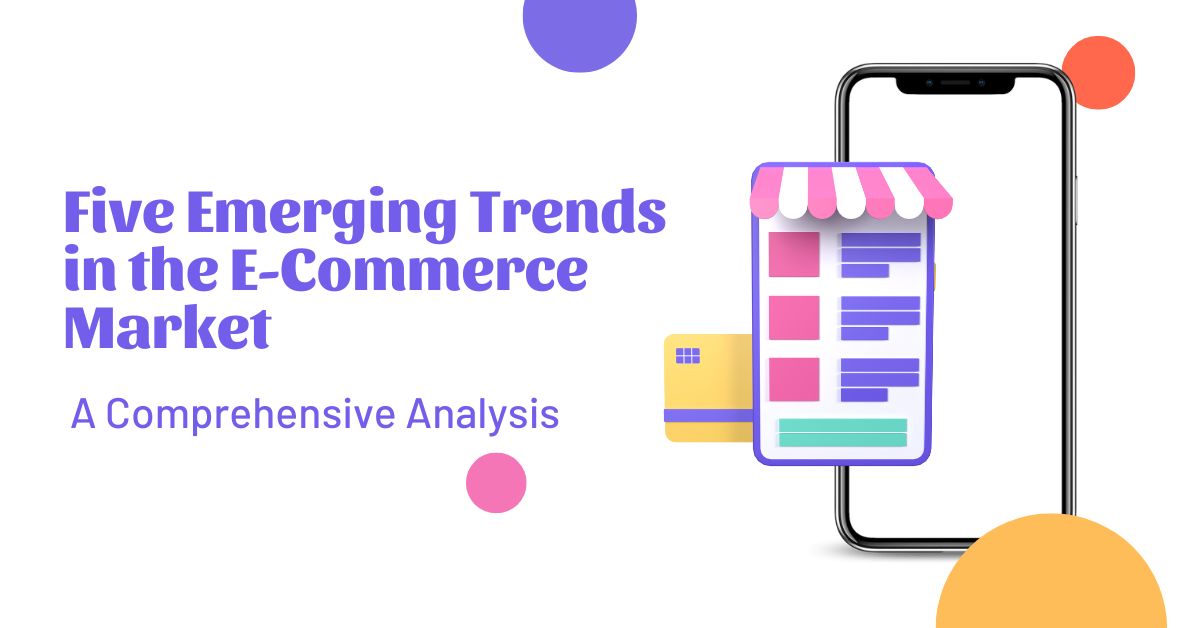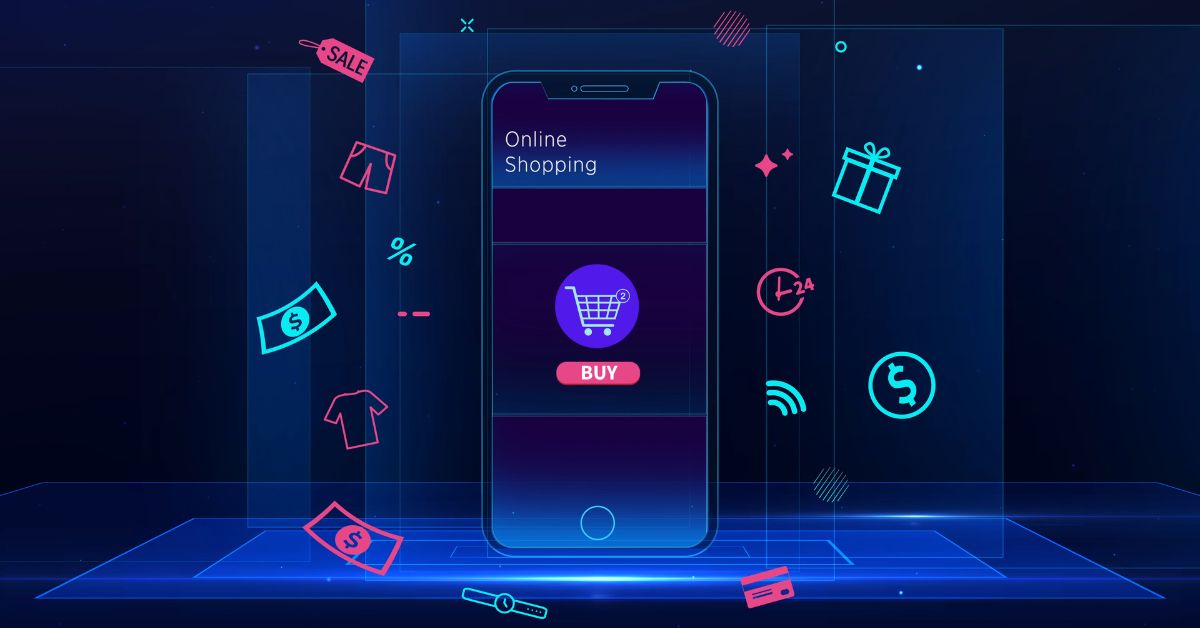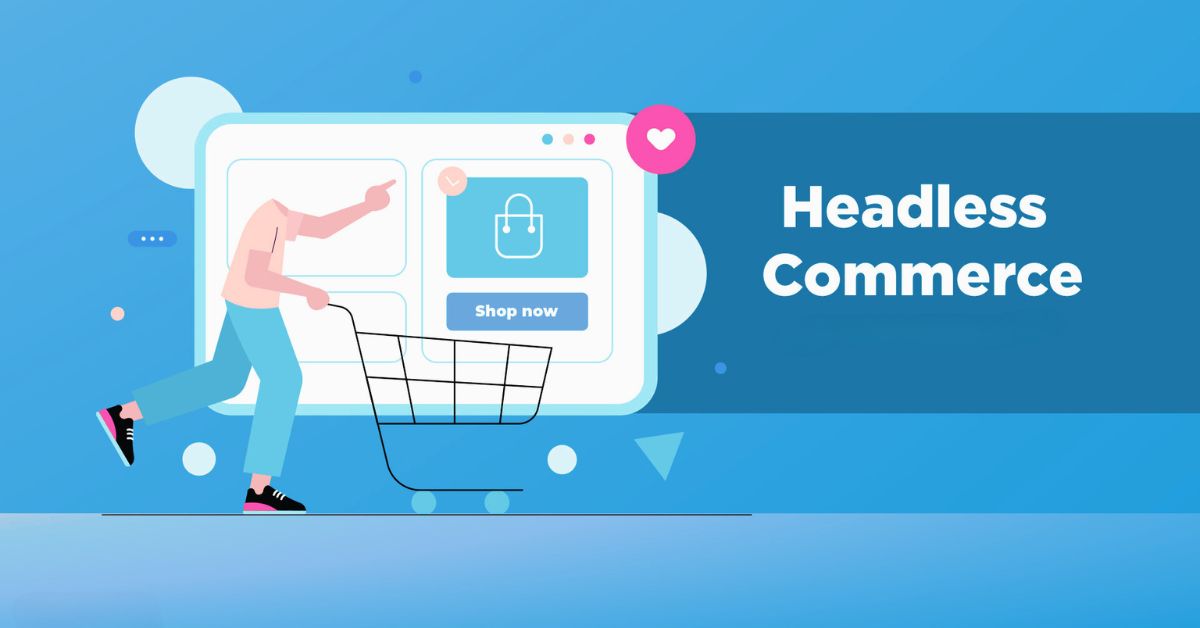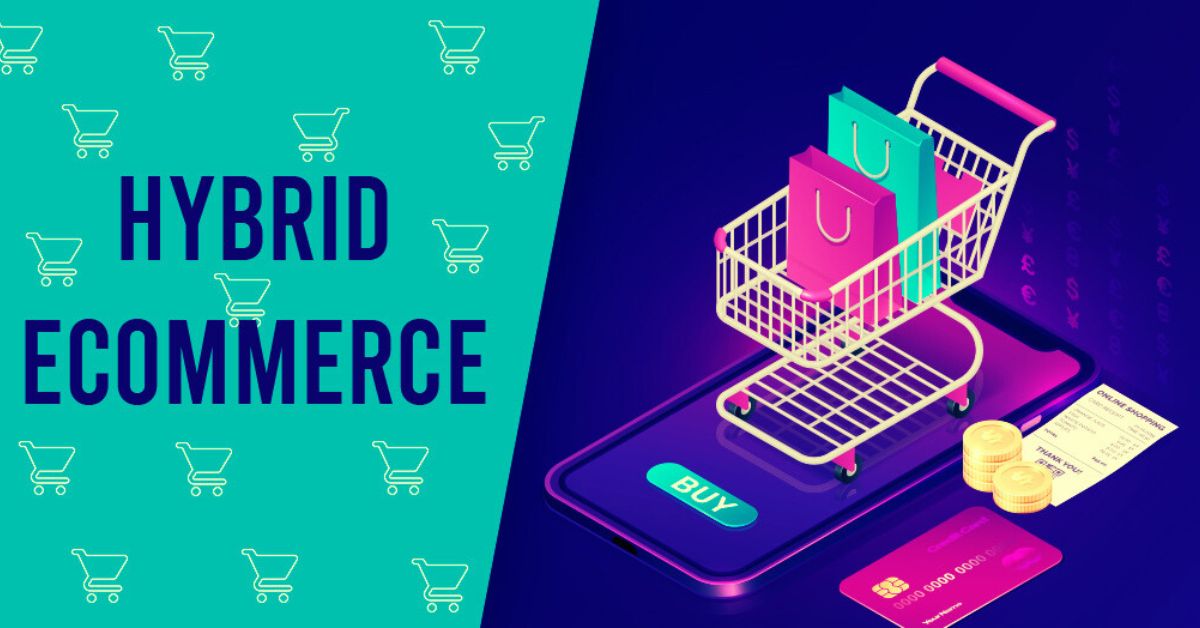Five Emerging Trends in the E-Commerce Market: A Comprehensive Analysis

4 min read | By Postpublisher P | 01 June 2023 | Software trends
The global e-commerce industry, encompassing online shopping and businesses, is undergoing rapid and significant transformations. This transformation is impacting businesses and customers worldwide. To remain successful and competitive in this evolving landscape, online businesses must be aware of the latest trends in e-commerce. Consumers’ behaviour and preferences are continuously evolving. By determining and riding on the wave of the ever-changing needs of customers, online businesses can meet expectations and maintain a competitive edge. We bring you the top five trends in the e-commerce sector so that you can get an idea about the evolving landscape. Let us have a look at them.
Top Five E-Commerce Trends in 2023

Social Commerce
In the realm of retail sales, social media has emerged as a powerful channel, especially for mobile shopping. In the ever-evolving landscape of e-commerce, businesses have a valuable opportunity to leverage this trend, particularly considering that a significant 75% of users rely on social media platforms for product research. Among these platforms, Facebook is the most popular, boasting an impressive user base of approximately 2.9 billion worldwide.
Thanks to the advent of built-in e-commerce platforms like TikTok Shop, Instagram Shopping, Facebook Shops, and Pinterest’s shoppable ads, business owners now have convenient means to execute targeted campaigns and effectively reach their prospective customers. As social media continues to play a pivotal role in consumer behavior, e-commerce businesses can harness the power of these platforms to drive sales and foster stronger connections with their audience.

Additionally, influencer marketing drives organic traffic, attracts new customers at lower costs, and generates a remarkable return of $5.78 for every dollar spent. With 60% of marketers finding that influencer-generated content outperforms branded posts in terms of engagement, this marketing strategy proves highly effective in driving conversions and building trust with audiences. Additionally, nearly 80% of consumers making purchases based on influencer recommendations further emphasises its effectiveness. Net-A-Porter, a prominent retailer, takes a strategic approach to promoting fashion and lifestyle by publishing articles that showcase influencers, celebrities, and key industry figures. To drive sales, Net-A-Porter goes the extra mile by providing “Shop the Look” links beneath the photographs of the individuals featured in the articles. This innovative feature enables readers to directly purchase the items showcased, seamlessly connecting inspiration with a convenient shopping experience.
Headless Commerce

Headless commerce represents the future of e-commerce solutions, separating the back and front ends of a website or application. By utilising application programming interfaces (APIs), headless commerce empowers businesses to deliver content to any front-end framework seamlessly. This innovative architecture opens up possibilities beyond traditional devices like desktops, laptops, and mobile devices. With headless commerce, consumers can explore and purchase through the internet of things (IoT) devices including smart fitness devices and smart speakers. This expansion of the e-commerce sector enables businesses to reach customers in new ways, enhancing accessibility and convenience for shoppers across various platforms.
According to a survey conducted in 2022, 57% of business leaders from various industries and different company sizes have plans to adopt the headless approach within the next two years. The study further revealed that 80% of businesses that still need to transition to a headless architecture also intend to switch during the same timeframe. Businesses considering migrating to a headless content management system (CMS) have several options to explore. Two popular choices include Sanity.io and Strapi, which offer robust solutions for managing content. Alternatively, for those specifically seeking a headless e-commerce platform, Shopify Plus and BigCommerce are viable options.
Hybrid Commerce

The future of e-commerce is heading towards a concept called “phygital,” which seamlessly combines online channels with physical retail experiences. This innovative e-commerce model integrates various channels and platforms to deliver a cohesive and immersive shopping experience, promoting hybrid commerce and omnichannel selling. One of the effective methods of implementing omnichannel selling is through the utilisation of click-and-collect services, also known as buy online and pick up in-store (BOPIS). This convenient service allows customers to complete their purchases online and then get their items at the physical store or a designated pickup station. Major retailers including Target, Walmart, and IKEA have already embraced this service, recognizing its value in enhancing an overall customer experience.
The research online, purchases offline (ROPO) consumer behavior has recently gained significant popularity. This approach allows customers to enjoy the benefit of zero shipping fees while also addressing their desire to ensure product compatibility. Surprisingly, 56% of shoppers strongly prefer seeing, touching, and feeling products before making a purchase decision. By offering opportunities for customers to experience products firsthand, companies can instill confidence and provide reassurance, ultimately leading to a surge in the sales volume and customer satisfaction.
Personalization by AI

Personalization is a key area where businesses can effectively utilize artificial intelligence (AI) technology. At its core, personalization revolves around customizing the user experience based on the insights and knowledge a company has gained about its customers. Remarkably, a survey revealed that a significant 80% of consumers are more inclined to become loyal, returning buyers when they encounter a personalized shopping experience. By leveraging AI and machine learning capabilities, Starbucks has emerged as a prime example of an e-commerce business that excels in providing exceptional personalization to its customers. In the third quarter of 2022, a remarkable 60% of Starbucks’ cold beverage orders were customized to individual preferences. The coffee shop and roastery utilize sophisticated customer behavior data to deliver hyper-personalized suggestions.
To achieve this level of personalization, Starbucks closely tracks and analyzes customer data collected through its mobile app. This valuable information allows the company to generate real-time, unique, and appealing offers tailored to each customer. By considering individual preferences, past purchases, activity, and location, Starbucks can send over 400,000 personalized messages through in-app push notifications. Through its expert utilization of AI and machine learning, Starbucks sets a high standard for personalization in e-commerce.
Visual and Voice Searches

Thanks to the advancements in AI technology, customers now have the opportunity to benefit from visual and voice searches, enhancing their online shopping experience. AI-powered site search systems utilize machine learning and natural language processing (NLP) to comprehend the intent behind a search query and deliver the most relevant results. Surprisingly, research indicates that 62% of millennials and Gen Z aim to utilize visual search functionality; however, only 8% of brands currently offer this feature. A notable example is the ASOS app, which integrates visual search through its Style Match feature. Visitors can upload photos of an item they wish to purchase, and the app generates a curated list of similar products. For business owners, integrating this shopping trend can be possible by utilizing high-quality product photos. Doing so not only enhances the visual appeal of their stores but also increases discoverability on platforms that support visual search, such as Google and Pinterest.
Moreover, voice search has gained significant popularity as it allows users to multitask, saving time and eliminating the need to type queries into a search bar. Statistics indicate that approximately 47% of shoppers have utilized voice commands to make online purchases, and an impressive 58% expressed satisfaction with their voice search experiences. Based on the Q1 2023 Pulse survey findings, an impressive 25% of respondents expressed their intention to embrace the convenience of voice search this year, marking a noteworthy 3% growth compared to the previous year. By recognizing the potential of visual and voice searches, businesses can cater to the evolving preferences of their customers and enhance their overall online shopping journey. Embracing these AI-powered features opens up new avenues for engagement and enables businesses to provide more personalized and efficient services to their valued customers.
To Sum Up
In the fast-paced e-commerce industry, staying ahead of the competition is essential. E-commerce companies can adapt to the ever-changing online retail space by paying attention and embracing relevant trends. To succeed, it is crucial to apply innovative solutions that cater to the needs of your audience. The competition in online retail is fierce, and only the strongest companies that provide advantageous and convenient experiences will thrive. The discussed trends in this guide aim to enhance customer satisfaction and streamline commerce processes.
The latest from our editors
Join over 150,000+ subscribers who get our best digital insights, strategies and tips delivered straight to their inbox.


